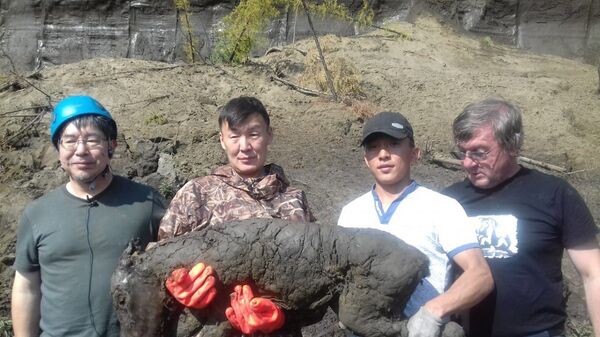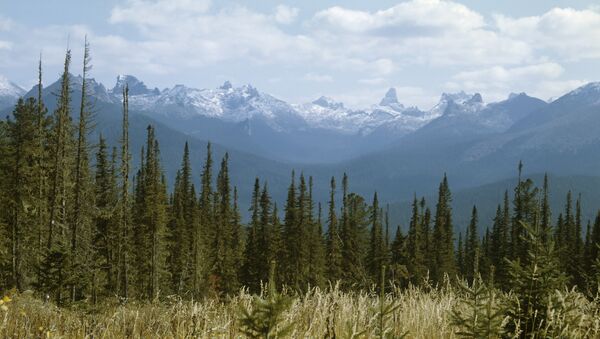The 40,000-year-old foal, believed to have passed away when she was just three months, was completely preserved by the permafrost before being discovered. It is now believed to be the world's only fully-preserved ancient baby horse.
Discovered by scientists from the Scientific Research Institute of Applied Ecology of Russia's North at North-Eastern Federal University, and researchers from the Japanese University of Kindai, along with a Fuji TV film crew, the Paleolithic find is believed to be a treasure trove of invaluable scientific information.
"The particular value of this unique find is that we have also obtained samples from the layers of soil where it laid preserved, meaning we will be able to restore a picture of the foal's environment," Semyon Grigoryev, the head of the renowned Mammoth Museum in Yakutsk, said, according to a university press release.

Recovered from a depth of about 30 meters, the ancient baby horse's dark brown hair, mane, tail and internal organs have all been perfectly preserved, with no visible damage.
"This is the first find in the world of a pre-historic horse with such a level of preservation and of such a young age," Grigoryev emphasized.
According to the scientist, more details about the time period during which the foal lived will be made available following further investigation of the soil samples.
Locals have superstitious attitudes toward the odd-crater, hence its "gateway to the underworld" epithet. The crater continues to grow, with scientists expecting it to tear through the entire hillslope nearby before slowing down.




